How to sew on a button
This is a tutorial that goes hand in hand with ‘How to sew buttonholes‘. Knowing how to sew on buttons properly can prevent misplacement, and further sewing in the future.
Tools
Fabric
Button
Erasable fabric marker
Sewing Thread
Sewing needle
Scissors
Steps
1. Mark the placing for the button. A good way is to hold the button over the spot where you want your button to sit and make a mark under the center of the button onto the fabric.
2. Start the sewing by inserting the needle from the right side and back through, then tie a knot. This is to prevent the knot coming loose with the linen fabric, which is generally woven slightly more loose than other types of fabric.
3. Place the centre of the button over the knot. Start sewing the button onto the fabric with stitches over the holes.
4.’ You can do it horizontally, vertically or criss cross. With using matching colour thread, it is the best to mix different direction of stitches, as it will secure the button more.
5. After securing the button onto the fabric, tie a knot’ between the button and the fabric. Making sure the knot is hidden away behind the button. Cut thread.
Leave a comment Cancel reply
Related posts
An Introduction to Common Crotch Adjustments
Recently, I drafted a pattern and made a toile of a pair of drop-crotch pants. When I tried them on, I straight away noticed (and felt) they weren’t quite right. The most obvious issue was that the back crotch felt tight and pulled uncomfortably, especially when bending over. Walking also felt a little restricted, with…
How to Thread a Sewing Machine: A Beginners Guide – Part 2
Now that we’ve covered the basics of threading a sewing machine in Part 1, let’s move on to some additional functions. In Part 2, I’ll show you how to change both the needle and the presser foot. I’ll also introduce the twin needle, and share some helpful troubleshooting tips for common issues that can happen when…
Made by Hand: Ellen Merchant’s Printed Textiles
One of Britain’s most exciting and adventurous textile and wallpaper designers working today, Ellen Merchant places traditional print processes and high-quality materials at the heart of her creative practice. Inspired by the Arts and Crafts emphasis on hand-made design over mass-produced goods, her work embraces traditional, hand-block printing techniques and features intricate, ornate, botanical designs…
How to Thread a Sewing Machine: A Beginners Guide – Part 1
Threading a sewing machine can feel a bit daunting at first, but it quickly becomes second nature after you’ve done it a couple of times. These days, I don’t even think about it—muscle memory just takes over. That said, writing this tutorial made me slow down and walk through each step more deliberately. It reminded…
SEW THIS LOOK
LATEST COMMENTS
- Pattern Review: Calantha Pants in Chocolate Linen + Tips for Elevating Simple Pants Patterns!
04 Jan 2026 @ 8:55 am by Peggy Woolsey - Pattern Review: Calantha Pants in Chocolate Linen + Tips for Elevating Simple Pants Patterns!
04 Jan 2026 @ 8:55 am by Nancy Gruber - Sewing Essentials: Understanding Different Types of Sewing Elastic
30 Dec 2025 @ 3:41 am by Emma Cartmel - Sewing Essentials: Understanding Different Types of Sewing Elastic
30 Dec 2025 @ 3:41 am by Emma Cartmel - One Yard Sewing Project: Phoebe Essential Linen Tank Tutorial
29 Aug 2017 @ 12:01 am by Sascha Louise






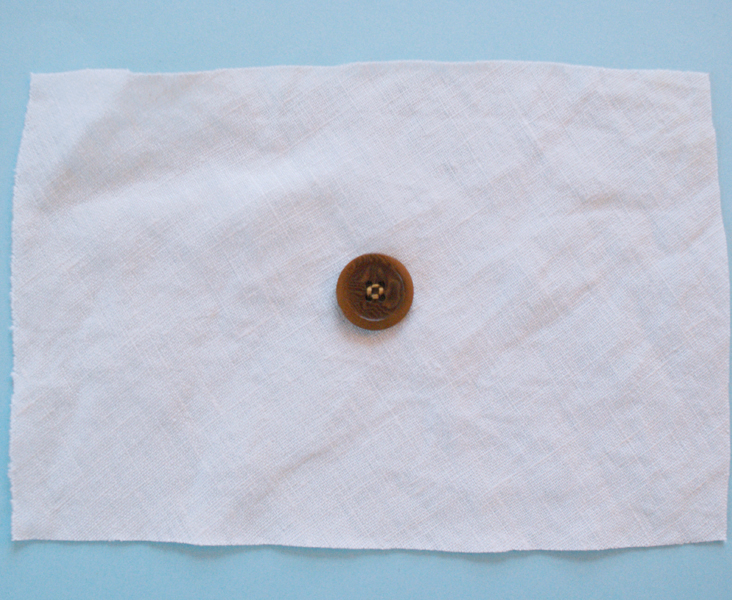
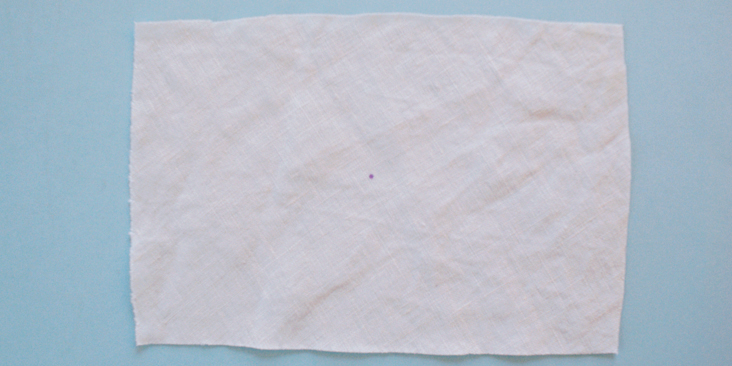
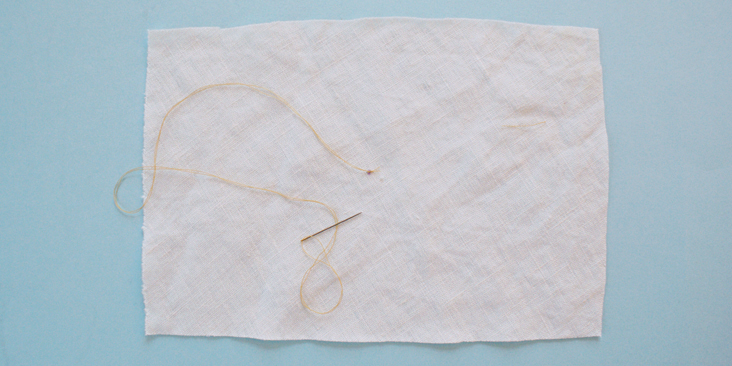
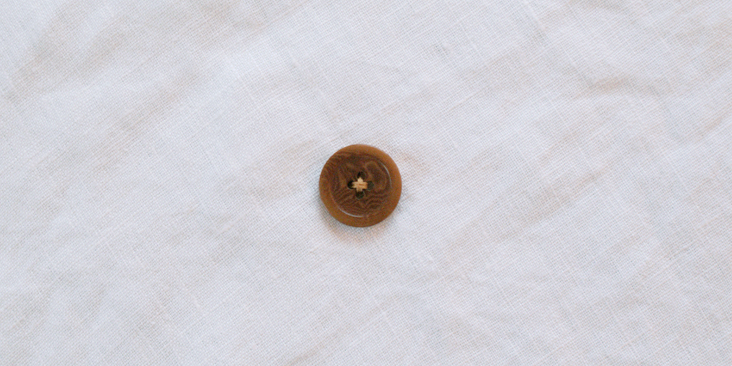
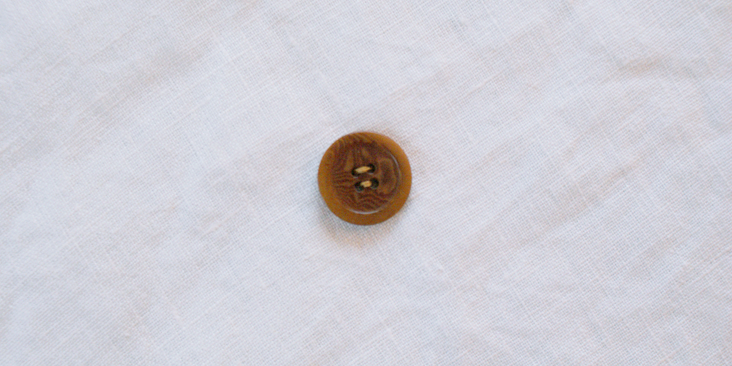
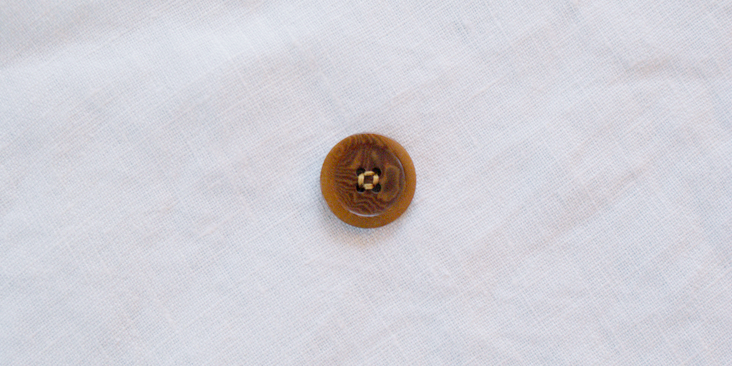
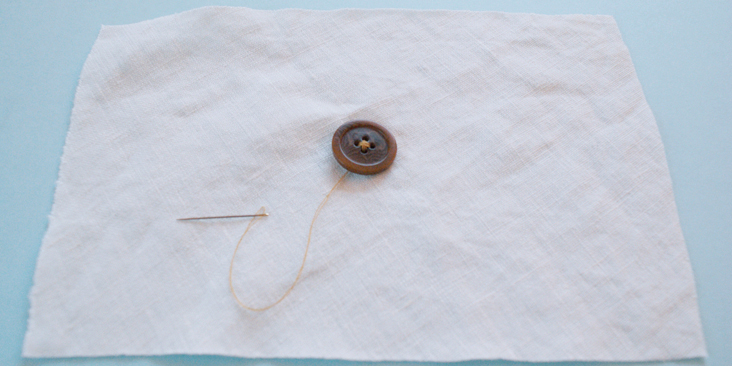
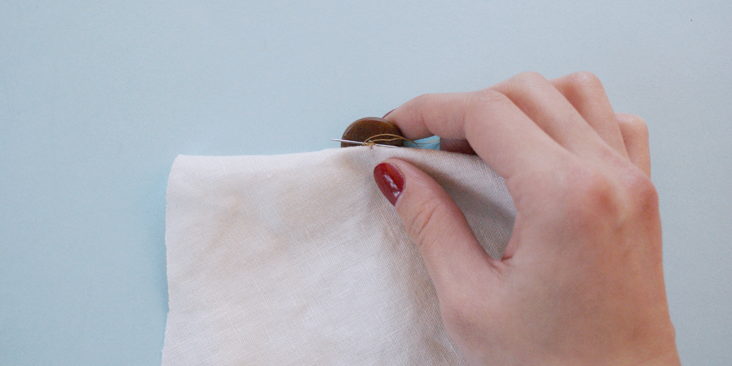





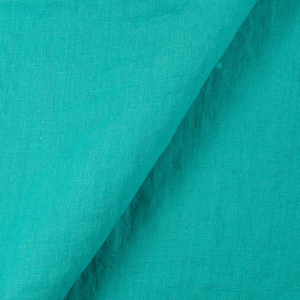


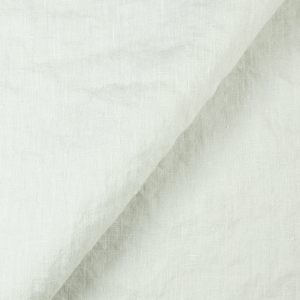

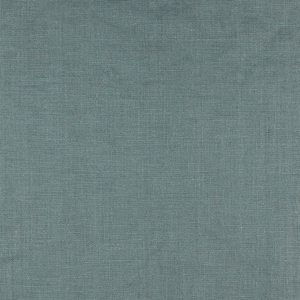





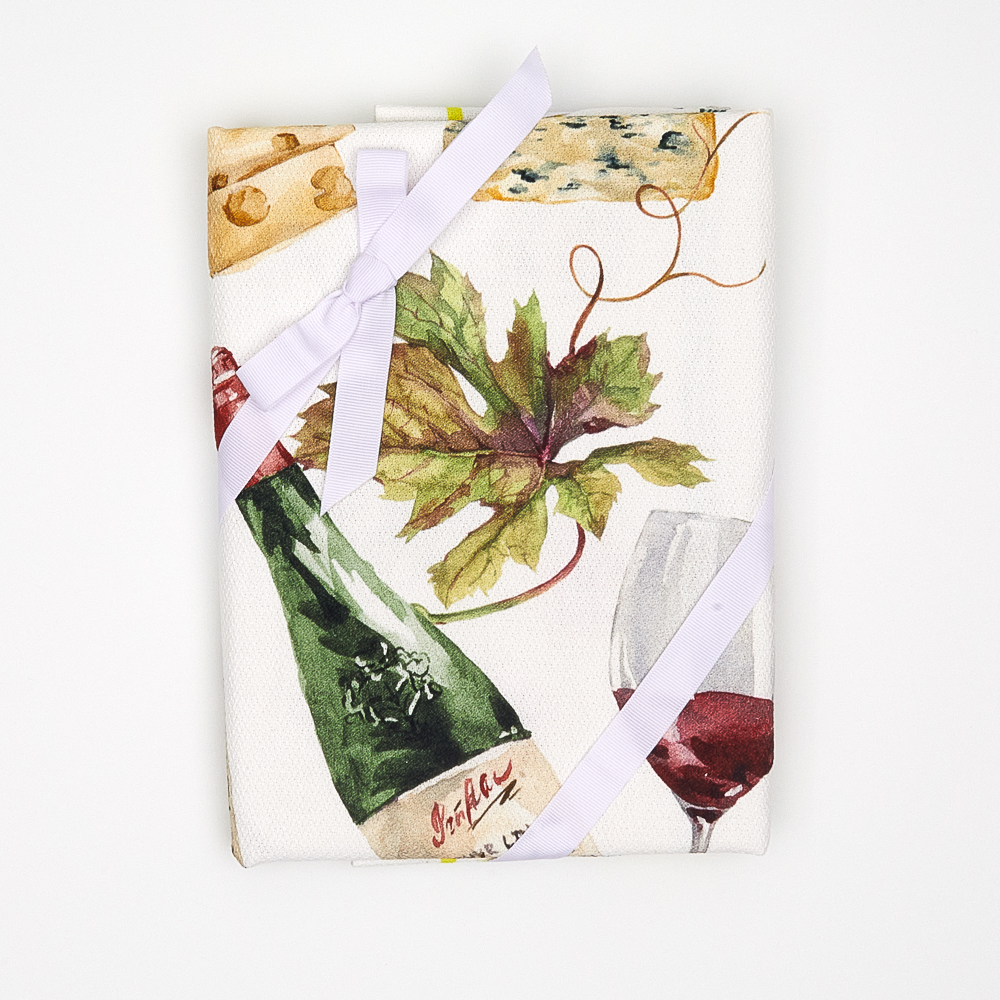














11 Comments
jeanie Crummond
The first step to sewing on a button is of course threading the needle and finding the right color of thread. so will share some info that may be helpful.I recently found a small packet of needles already threaded in multiple colors. This is a great time saver, great for low vision and arthritic hands when it comes to threading the needle before sewing on the button. And it is great for traveling and for husbands and sons and kids. Just makes the whole process easier from the start.
Janet
An alternative method is to begin your stitching on the right side of the fabric, hiding your knot under the button.
When you have a lot of buttons to sew on you can speed it up by threading 2 strands of thread through the needle, then knotting all 4 ends together so that one pass through each button hole is sturdy enough. Just be sure you choose a sewing needle with a loop small enough to pass through the button hole. (I speak from experience.)
MJ Forbes
It is also a good idea to lay a pin across the top of the button and sew over it when stitching the button in place so that you leave when you finish and take the pin away you have some room to wrap more thread around the threads going through the button. This makes a shank to hold the button a bit above the button hole when the garment is buttoned, giving it a less-strained appearance.
MJ Forbes
This was supposed to say ” so that when you finish sewing the button and take the pin away you have some room”
Karen Alexander
You should also show folks how to do it a whole lot faster with their sewing machine! Most zig zag machines can be set to do an in place stitch, and the button is simply held down with the snap on shank – sans foot! Many modern manufacturers have accessory feet that will hold the button down in exactly the proper place and make adjustment for a shank too… Easy, modern, fast!
Laurie B
Miss Cynthia, I always learn something from your tutorials, even though I’ve been sewing for many, many years. Good job!! Keep them coming.
Cynthia Fong
Thank you for your comment. We are so glad these have been useful. We definitely have a lot more tutorials planned.
Teresa Rouzer
Isn’t it amazing how many people do not know how simple sewing on a button can be? I do one final step before finishing: I take the thread still anchored to the button and wind it about 3 times around the button, forming a shank of sorts, then push the needle through this wound thread, form a loop, then put the needle through the look and pull taut to anchor the thread, then cut the thread. The shank you make when winding the thread around under the button provides more insurance against the button coming loose – or at least, that has been my experience.
Thanks for these great tutorials!
Cynthia Fong
Thank you for your comment. Glad to hear some input and your experience with sewing too!
Maura Enright
A flat button requires a thread shank so that it will rest properly on top of the buttonhole. The shank is created by inserting a matchstick or a toothpick between the button and the fabric before you start to sew. When sewing is complete, remove the matchstick and wrap your thread around the stitches between the fabric and the button, creating a shank. This tutorial has pictures:
http://www.instructables.com/id/How-to-sew-on-a-button/step8/Sewing-on-a-flat-button-part-two/
Cynthia Fong
Thank you for your feedback, and the webpage. Very useful information indeed.